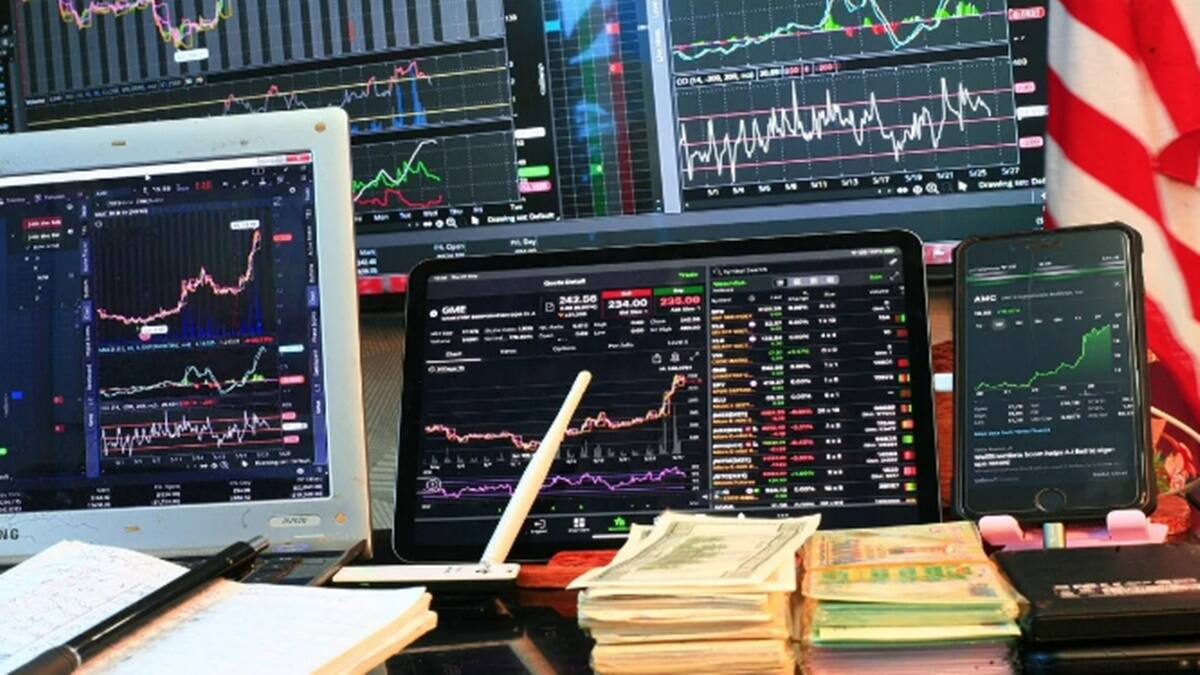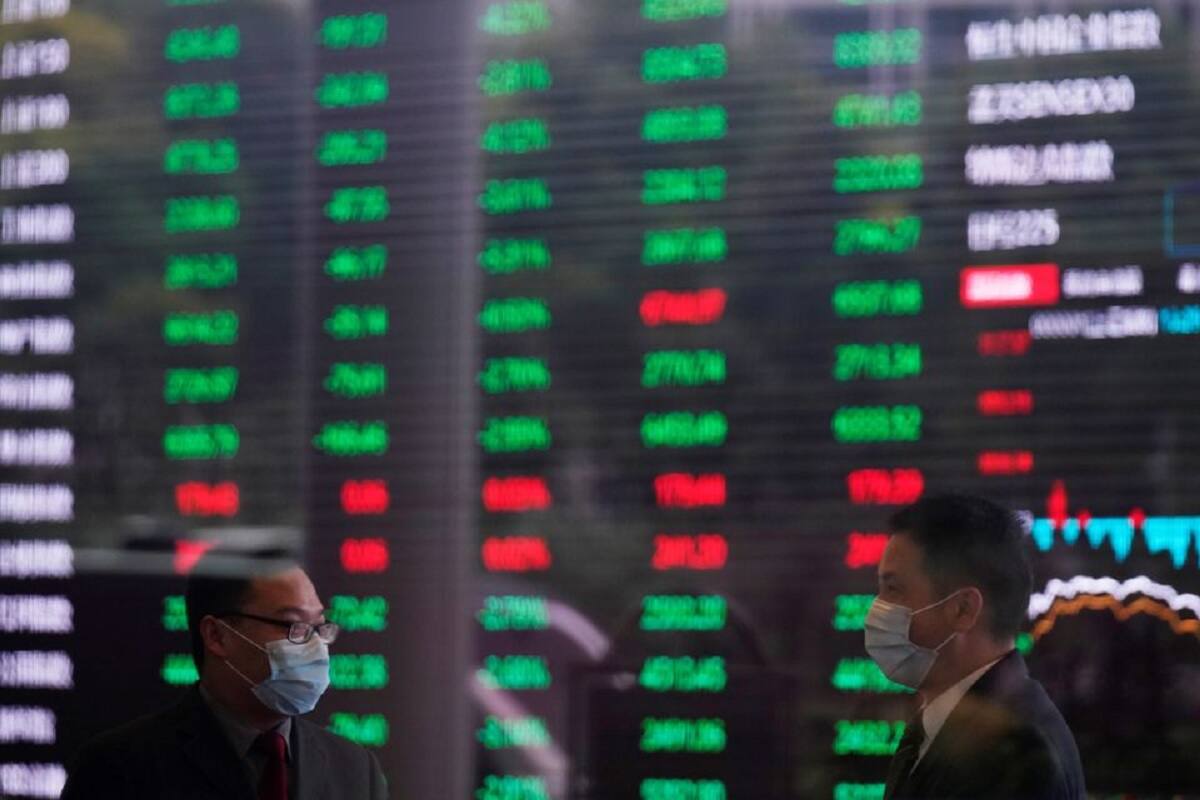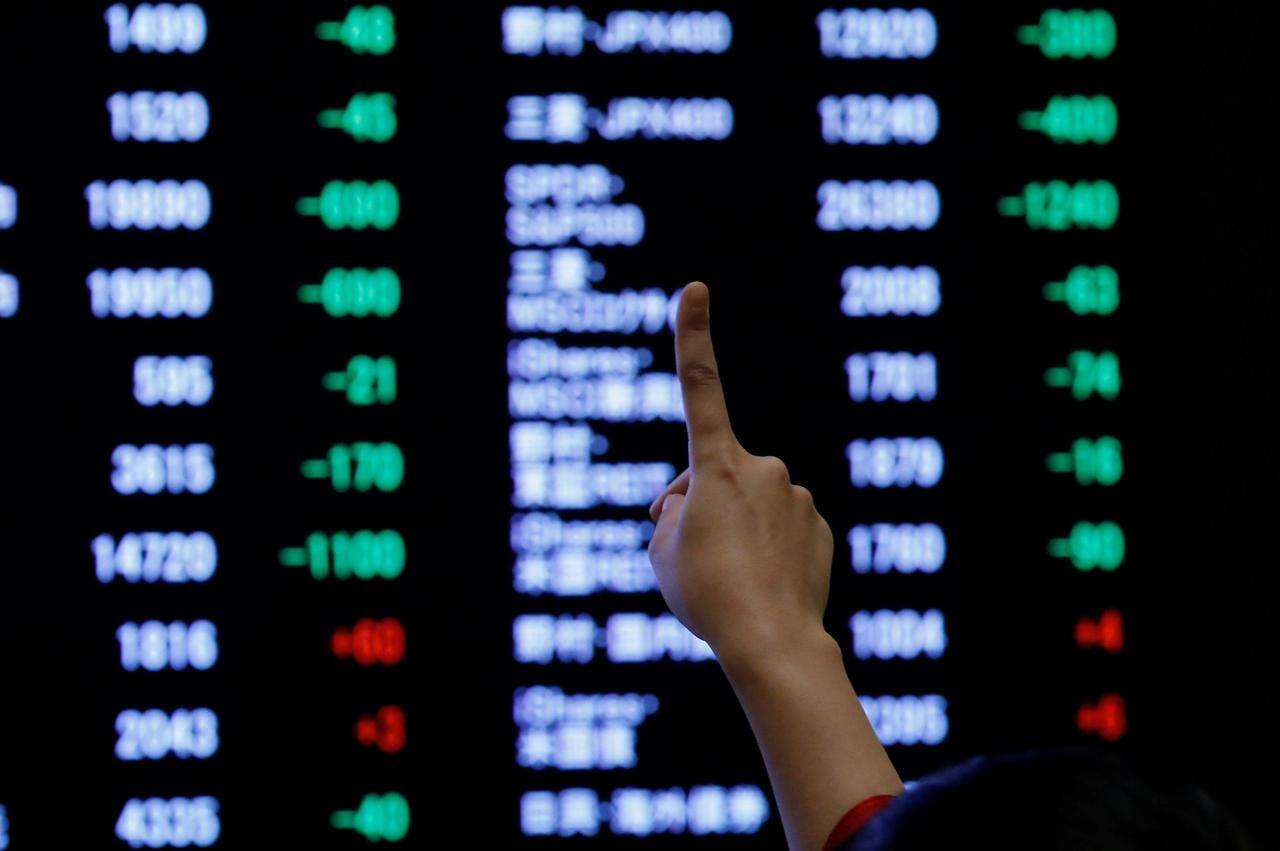Stocks and commodities prices suffered a broad sell-off on Monday as rare protests in major Chinese cities against the country’s strict zero-COVID curbs hit growth expectations in the world’s second-largest economy.
Clashes between police and protesters across several major cities over the weekend halted a tentative stocks rally that gathered pace last week as hope-starved markets had seized any morsel of good news.
Also read: Nifty, Sensex showing no signs of reversals after ending at record highs today; traders eye Fed chair’s speech
Oil prices, sensitive to the strictness of China’s lockdown as a barometer for demand, also slid. Brent crude dropped 3.1% to trade at $81.05 a barrel by 0950 GMT.
“Clearly the harsh China lockdowns have been impacting their consumer and business sentiment for some time and the persistent downgrades to China GDP have been consistent for well over a year now with further downgrades to come,” George Boubouras, executive direct of K2 Asset Management in Melbourne, said.
“Markets do not like uncertainty and investors will look for some clarification to China’s very harsh domestic lockdown protocols.”
Fears about Chinese economic growth hit other commodities markets, with copper and other metals also falling on the protests.
Australia’s benchmark stock index closed 0.42% lower while its risk-sensitive currency was off more than 0.8%. Japan’s Nikkei stock index fell 0.4%.
U.S. markets looked set to follow the bearish mood on Monday, with S&P 500 futures 0.8% lower.
CHINA COVID WORRIES DWARF CENTRAL BANK MOVES
The bigger worries about China’s COVID policies dwarfed any support to investor sentiment from the central bank’s 25 basis point cut to the reserve requirement ratio (RRR) announced on Friday, which would free up about $70 billion in liquidity to prop up a faltering economy.
China announced a fifth consecutive day of record new local cases with 40,052 infections on Monday.
In Shanghai, demonstrators and police clashed on Sunday night as protests over the country’s stringent COVID restrictions flared for a third day.
There were also protests in Wuhan, Chengdu and parts of the capital Beijing as COVID restrictions were put in place.
Robert Subbaraman, Nomura’s Asia ex-Japan chief economist, said there is a risk China’s plan to live with COVID is too slow, surging COVID cases fuel more protests and social unrest further weakens the economy.
“Things are very fluid,” he said. “Protests could also be the catalyst that leads to a positive outcome in leading the government to set a clearer game plan on how the country is going to learn to live with COVID.”
The dollar extended gains against the yuan, rising 0.4% but off earlier session highs.
Also read: SIPs vs luxury cars: Nithin Kamath, Nilesh Shah, others say build wealth now, use it to buy Mercedes later
The COVID rules and resulting protests are creating fears the economic hit for China will be greater than first expected.
“Even if China is on a path to eventually move away from its zero-COVID approach, the low level of vaccination among the elderly means the exit is likely to be slow and possibly disorderly,” CBA analysts said on Monday. “The economic impacts are unlikely to be small.”
Yields on benchmark 10-year Treasury notes reached 3.663% from its U.S. close of 3.702% on Friday. The two-year yield, which tracks traders’ expectations of Fed fund rates, fell to 4.448% compared with a U.S. close of 4.479%.
The dollar dropped 1% against the yen to 137.74 after initially trading higher earlier in the day. It remains well below this year’s high of 151.94 on Oct. 21.
Gold prices edged up. Spot gold was traded at $1,762 per ounce.




